This new measurement is based upon measuring the distance to red giant stars in different galaxies
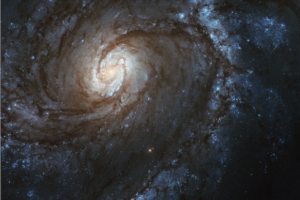 Deep Space
Deep Space

 Deep Space
Deep Space
This new measurement is based upon measuring the distance to red giant stars in different galaxies
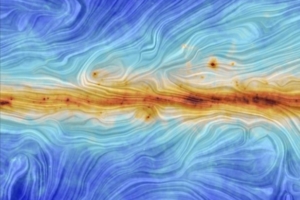 Astronomy
Astronomy
Understanding magnetic fields can lead to understanding major astrophysical processes
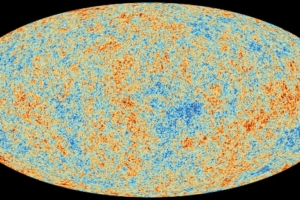 Astronomy
Astronomy
ESA’s Planck satellite has been studying the cosmic microwave background for over five years
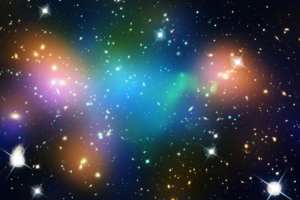 Deep Space
Deep Space
New research into dark matter’s interaction with normal matter indicates that some dark matter could have a tiny electrical charge
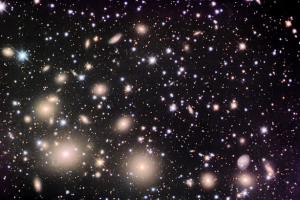 Deep Space
Deep Space
There’s plenty of it, so what shape do we think the universe is?
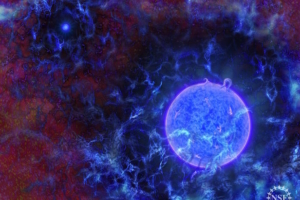 Deep Space
Deep Space
Observations of the universe’s oldest light, the Cosmic Microwave Background, has revealed the first stars formed 13.6 billion years ago
 News
News
The results of a new survey could have brought us closer to solving the mystery behind the cosmic microwave background’s ‘Cold Spot’
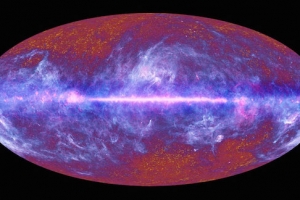 News
News
An unexpected contribution to the universe’s relic radiation has been detected for the very first time
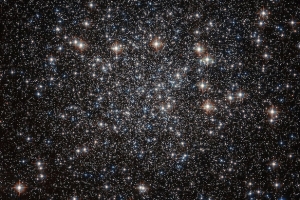 News
News
The universe is expanding uniformly according to new research by astronomers at University College London
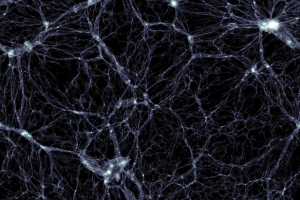 News
News
‘Cosmic gaps’ could contain as much as 20 per cent of the ‘normal’ matter in the universe
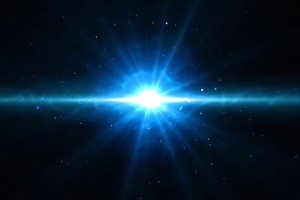 News
News
A jet from a very distant supermassive black hole being illuminated by the oldest light in the universe has been discovered
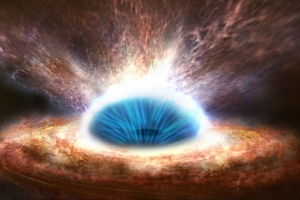 News
News
A giant jet spanning continuously for many light years is seen racing out of the galaxy Pictor A
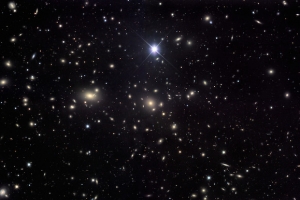 News
News
The cosmos might not only be expanding, but also ringing at the same time
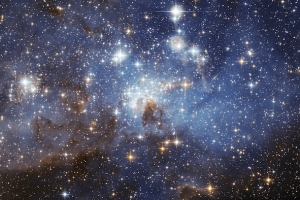 Deep Space
Deep Space
We find out if the cosmos is hotting up or cooling down
 News
News
The Planck satellite brings BICEP2’s Big Bang discovery into further question
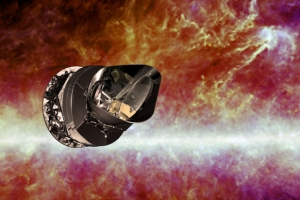 Deep Space
Deep Space
We’re reminded of the defunct satellite that could tell us even more about the early Universe